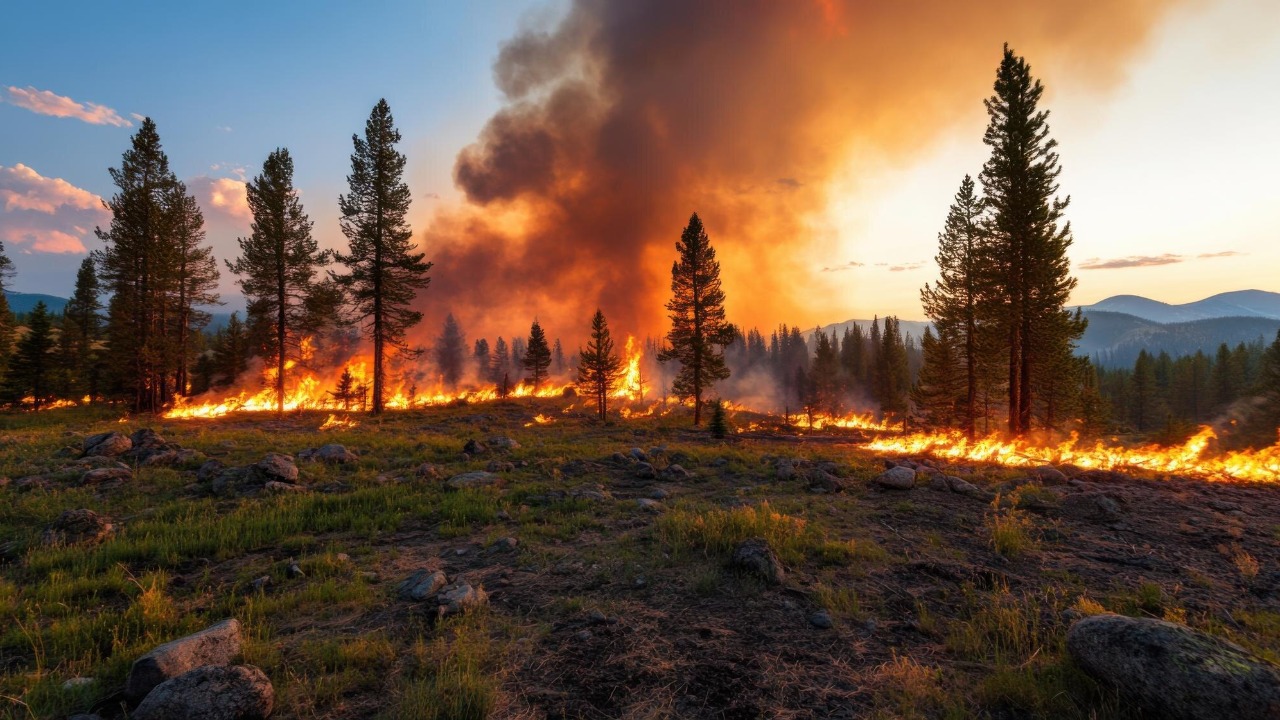
Sonic Fire Tech is leading the way in the use of infrasound technology for wildfire defense, leveraging inaudible sound waves to combat fires. This innovative approach has been highlighted in recent reports as a potential game-changer in wildfire mitigation.
Understanding Infrasound Technology

Infrasound refers to low-frequency sound waves that fall below the human hearing range, typically under 20 Hz. One of the remarkable properties of these sound waves is their ability to propagate over long distances without significant energy loss. This characteristic makes them an intriguing tool for fire suppression.
When it comes to interacting with fire, infrasound can disrupt flame stability or oxygen supply through vibrational interference. This has been demonstrated in controlled tests, where specific frequency bands have been used to suppress fires effectively. Early experiments have shown promising results, with infrasound proving capable of suppressing fires over a considerable range (TechCrunch; Observer Voice).
Sonic Fire Tech’s Innovations

Sonic Fire Tech has emerged as the primary organization developing infrasound-based wildfire tools. The company has developed specific prototypes and devices designed for rapid deployment in wildfire scenarios. These innovations mark a significant milestone in the company’s journey since its founding (Startup Ecosystem).
Throughout 2025, Sonic Fire Tech has tested its initial prototypes in simulated wildfire conditions, achieving key milestones in the process. Representatives from the company have emphasized the non-invasive advantages of this technology over chemical suppressants, highlighting its potential for more sustainable fire management (Startup News).
Applications in Wildfire-Prone Areas

The potential applications of infrasound technology in wildfire-prone areas such as California and Australia are vast. In these high-risk locations, infrasound systems could integrate seamlessly with existing firefighting infrastructure, providing a new layer of defense against wildfires.
Field trials have provided encouraging evidence of the technology’s effectiveness. Suppression efficiency rates and response times in real-world analogs have shown that infrasound can be a viable tool in wildfire defense. Furthermore, Sonic Fire Tech has initiated partnerships with local fire agencies, launching pilot programs in late 2025 to further test and refine the technology (TechCrunch; Observer Voice).
Challenges and Future Prospects

Despite the promising results, there are still technical hurdles to overcome. Power requirements for infrasound generators and scalability for large wildfires are among the challenges currently being addressed. Ongoing assessments are crucial to refining the technology and ensuring its practical application in wildfire defense.
Regulatory and environmental considerations also play a significant role. Safety evaluations for wildlife exposure to low-frequency waves are being conducted to ensure the technology’s environmental impact is minimal (Startup News).
Looking ahead, Sonic Fire Tech is aiming for commercialization and integration with AI for predictive fire control by 2026. This could revolutionize wildfire defense, making it more efficient and effective than ever before (Startup Ecosystem).